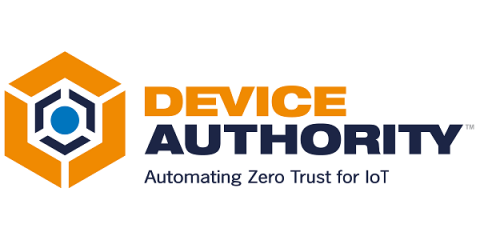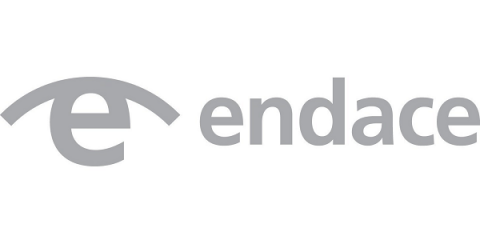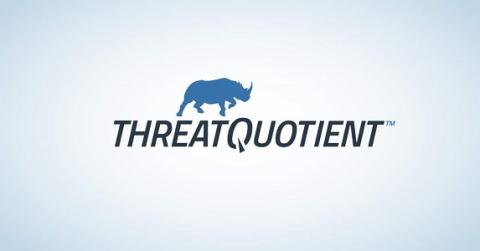Is the EU Cyber Resilience Act Really Possible Without Zero Trust Automation?
In May 2021 President Joe Biden issued out Executive Order 14028. The order focused on “Improving the Nation’s Cybersecurity” to support and protect the nation’s critical infrastructure and Federal Government networks. This directly relates to the trustworthiness and transparency in ALL digital infrastructure – IT, OT, IoT, IIoT.








